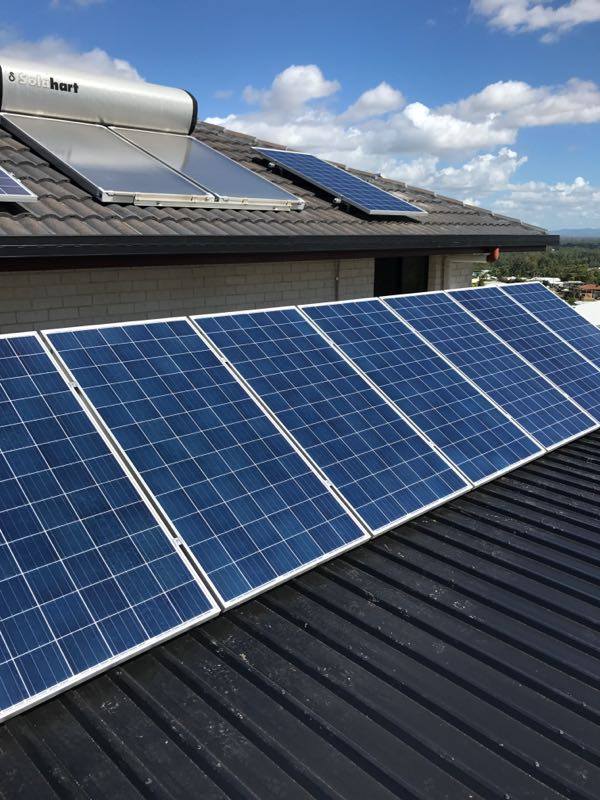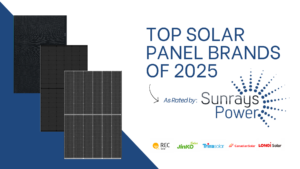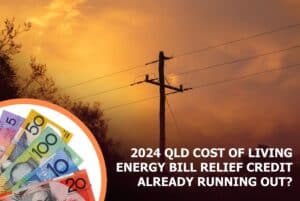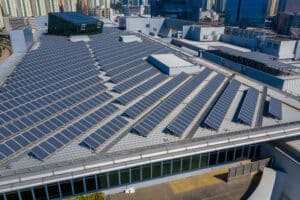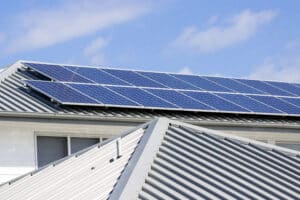There are lots of solar cowboys out there who commit millions when they are selling the system with their dirty sales tactics. We certainly want to clear some dust.
Firstly, where you live affects your system’s production. Clean Energy Council has produced a table of averaged sun hours per day which are averaged for the whole year. Refer to below table.
| City | 1 kW system | 2.0 kW system | 3.0 kW system | 4.0 kW system | 5.0 kW system |
| Adelaide | 4.2 kWh | 8.4 kWh | 12.6 kWh | 16.8 kWh | 21.0 kWh |
| Brisbane | 4.2 kWh | 8.4 kWh | 12.6 kWh | 16.8 kWh | 21.0 kWh |
| Cairns | 4.2 kWh | 8.4 kWh | 12.6 kWh | 16.8 kWh | 21.0 kWh |
| Canberra | 4.3 kWh | 8.6 kWh | 12.9 kWh | 17.2 kWh | 21.5 kWh |
| Darwin | 4.4 kWh | 8.8 kWh | 13.2 kWh | 17.6 kWh | 22.0 kWh |
| Hobart | 3.5 kWh | 7.0 kWh | 10.5 kWh | 14.0 kWh | 17.5 kWh |
| Melbourne | 3.6 kWh | 7.2 kWh | 10.8 kWh | 14.4 kWh | 18.0 kWh |
| Perth | 4.4 kWh | 8.8 kWh | 13.2 kWh | 17.6 kWh | 22.0 kWh |
| Sydney | 3.9 kWh | 7.8 kWh | 11.7 kWh | 15.6 kWh | 19.5 kWh |
The numbers shown in the table are based on ideal laboratory conditions.
Also bear in mind, panels generate more power in summer than in winter (and this season gap is bigger the further south you go in Australia). These numbers are averaged for the whole year, and are based on optimum tilt, the correct orientation and panels facing right direction (which might not
be practical or achievable because of your roof size and shape).
In Australia, generally the panels should be facing North, however North West and West are other preferred directions. If there is no other convenient layout, panels facing east will also work, however they will not produce anything in the afternoon. Of course, only until the batteries are
affordable.
Note these numbers are only for indication. It is always advisable to add few more panels than inverter size to push more DC power into the inverter. This additional power will help in 3 major conditions:
- During mornings and afternoons (if panels are facing North or East/West)
- During cloudy weather the system will perform only of 25% of its rated output, however additional panels can add up extra power.
- When you install batteries, this excess power can be diverted into the batteries.
Always remember, it’s always worth to add more panels and oversize the system. More panels will suit your needs better than undersized panels. The price difference shouldn’t be as great, as most of the panel price gets compensated by STC rebate.
Get a quote on a quality system Contact US.

